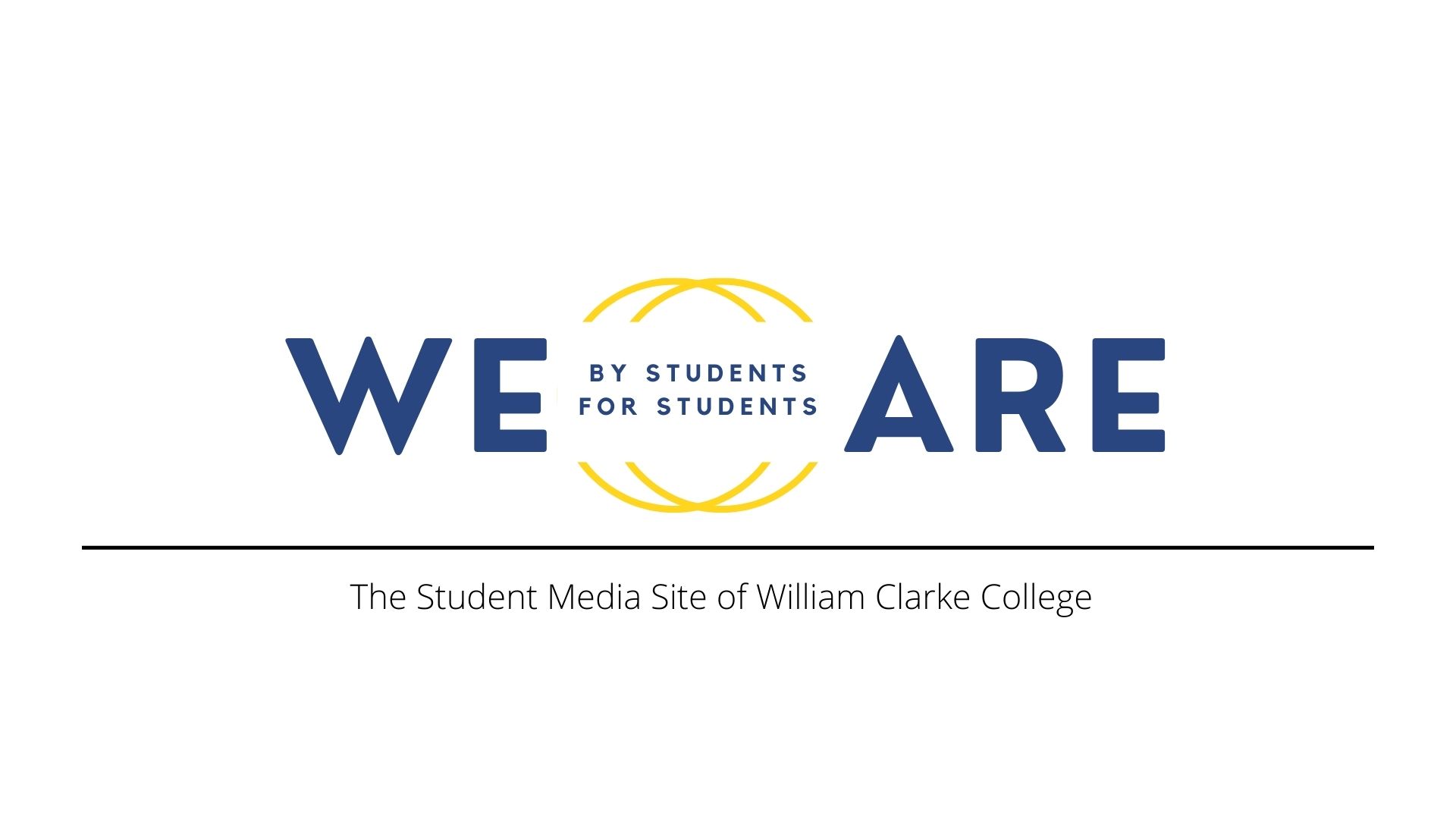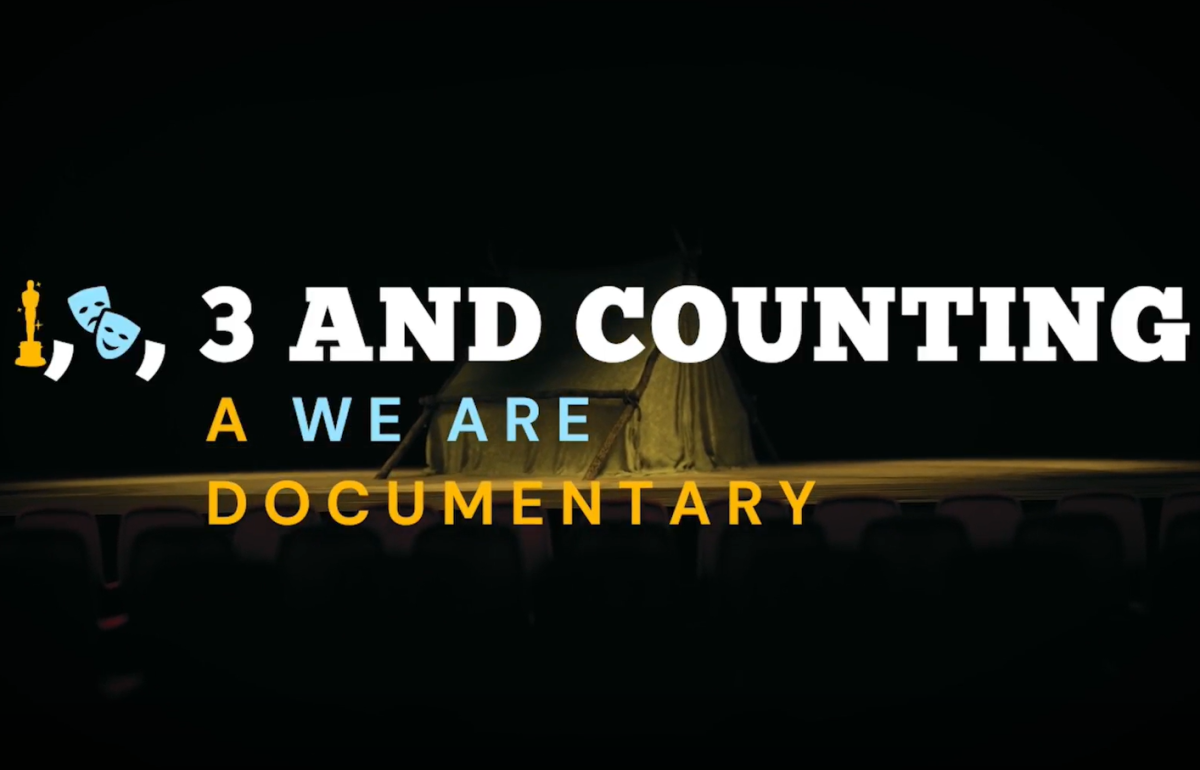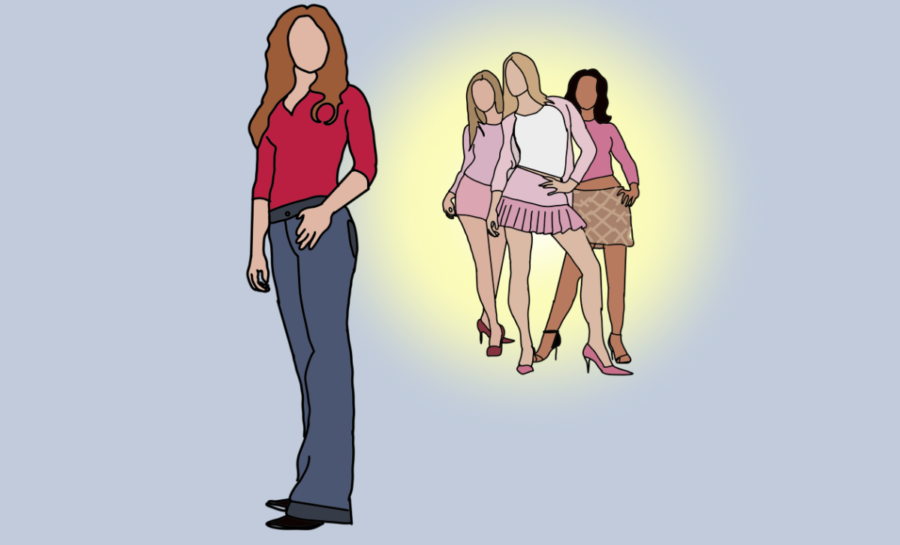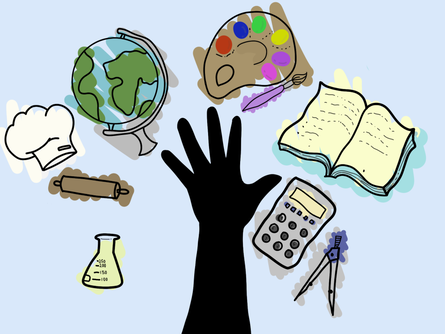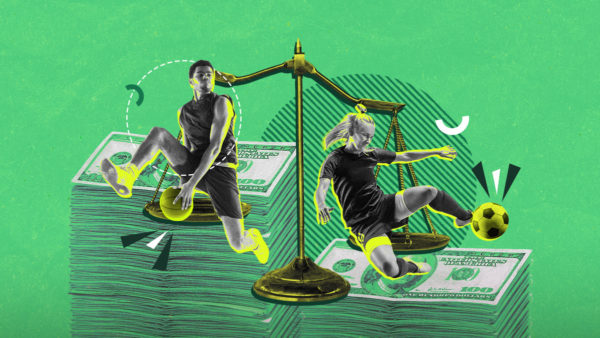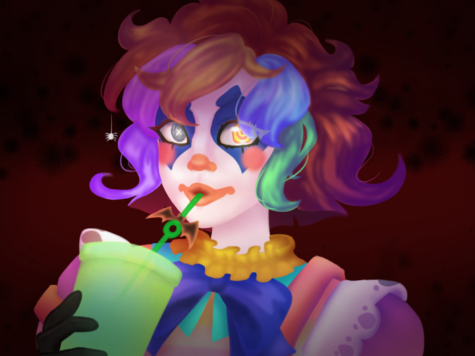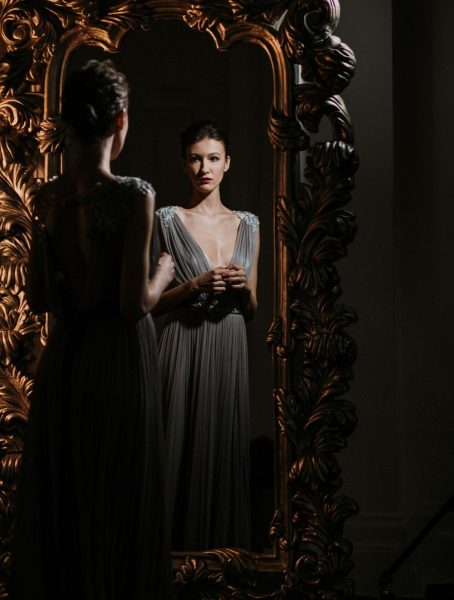Ironically, Popularity is all Science
July 27, 2022
It only takes two words to evoke a very vivid image in your head. “Popular kids”. The loud, large friend group that is somehow adored by most teachers, even though they are almost always a distraction to class. And of course, everyone has an opinion on that group. Some want to be them. Some find them obnoxious. And some are in awe of them.
But at the end of the day, we all know them. That’s the one thing about the popular friend group. No matter your personal feelings for them, whether dislike or admiration, these are the students that are known. They are the students who have status.
And since status is everything (or at least something), the “popular kids” are always well liked.
While popularity can seem like a trivial and at times arbitrarily decided thing, the scientific explanation offers a deep insight.
The hierarchy of high school is a familiar concept that has been portrayed in many popular films and novels, being constantly referenced in our culture. Yet, its definition is blurry. While you could say someone is made popular based on their appearance, you could also attribute this to their likeability as a person, or their interests.
According to Dr Mitch Prinstein, one of the leading psychologists in this field, there are two main types of popularity: social reputation (status) and social preference (likeability). Someone could be one type of popular without necessarily fitting into the other category.
These definitions provide an insight into popularity. During adolescence, the focus shifts dramatically to value status rather than likeability. This is why the markers of said status (such as visibility, influence, dominance, power) are often regarded in the highest possible light. And the focus on likeability, very prominent in the early years of development, never fully returns.
The shift in value between social preference to social reputation can scientifically be attributed to a larger release of the neurochemical mix of oxytocin and dopamine. Oxytocin drives people to connect with others and dopamine is the “feel-good” hormone, responsible for pleasure. When these two are released in large amount, as a result, teenagers crave the validation and attention of their peers – thus the need for status.
My point is that, during high school, popularity decides a lot. And while this might seem discouraging, to all that spend their days wishing they were part of that exclusive clique or that they received the benefits of being so – know that while status is fleeting, likeability is something that sticks. High social preference, through interpersonal skills that build strong relationships, will always be rewarded.
